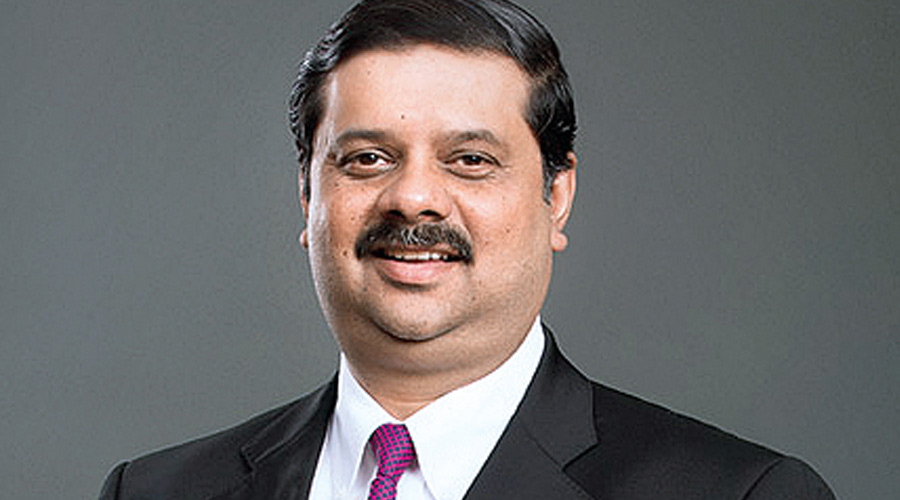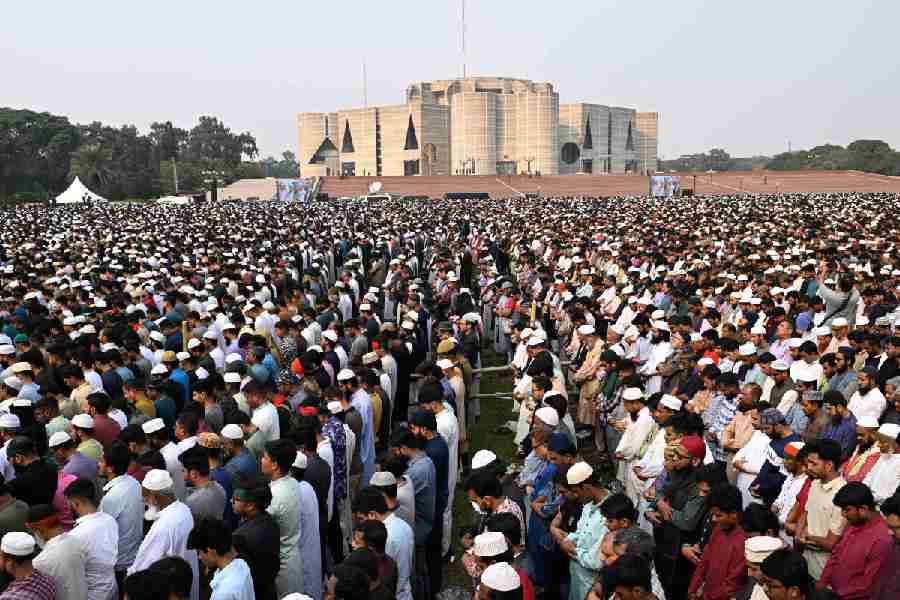Tata Steel has reported its best ever quarterly performance in the first quarter, making more profit than the entire last year. In a conversation with The Telegraph, Koushik Chatterjee, executive director and CFO of Tata Steel Group, says the market would remain strong despite a drop in iron ore prices which led to steel stocks correcting sharply on Friday on the fear that steel prices may follow suit. He says the company is likely to reduce debt by a similar amount as last year. Tata Steel had cut debt by $4 billion in 2020-21.
Tata Steel has recorded more profit in Q1 than the full year of 2020-21. Analysts have also revised their target prices for Tata Steel. How do you analyse the changes in the industry background for the rest of the year?
Indeed, we have had good operating and financial performance during the quarter and reported a profit after tax of Rs 9,786 crore for the quarter. This has been an outcome of stable operating performance, focus on cost takeout, strong market conditions and commercial performance. There are several structural developments in the steel industry in the last few years which are getting manifested prominently recently, primary among them is the supply side changes which are here to stay.
Given the volatility of iron ore and steel prices, how do you see the performance focus of the European business?
The underlying performance of Tata Steel in Europe has been sequentially better compared with the previous quarter and the revenue increase has been broadly in line with the market. The European business has more long-term contract mix and as they are renewed we expect the increase in the spot prices to reflect in a lagged manner in the second- and third-quarter performance.
There has been a sudden drop in iron ore prices recently. Do you see that impacting the industry trend in the near future?
Yes, international iron ore prices have fallen by about 40 per cent from the peak in May 2021. Fundamentally, the production trend in China has slowed down as there is some sluggishness in some sectors and equally steel exports have declined month-on-month in July even though the China-EU spot price differential is around $600/tonne. There is a general estimate that China will produce around 50-70 million tonnes lower compared with the same period last year ahead of the winter Olympics and also from a climate management. As China is the largest consumer of iron ore, it reacted to the news of production cuts. But this is unlikely to impact global steel prices as we don’t see China to be aggressive in the sea-borne market. Hence, the prices in Europe, the US and the rest of the world continue to be strong and sustainable, especially because of very strong policy interventions on imports in some geographies.
The company managed to bring down the debt by $4 billion in the last fiscal. Will the pace of deleveraging slow down this year? What is your guidance?
Free cash flow focus and balance sheet management will continue to be a priority for us and we have repaid around Rs 5,800 crore of principal debt during the first quarter. Our focus will be to prepay significant debt much ahead of schedule this year and achieve a similar level of deleveraging as the previous financial year.
The company’s working capital requirement has increased this quarter. Can you explain why, and whether this will remain at this elevated level?
Yes, in some ways it is natural when raw material prices and steel prices are elevated. The impact is more prominent in Europe as we buy both iron ore and coal and the average price of steel is higher than in India. So, the value impact is very high in the increase in the working capital, while the physical inventory has remained broadly at the normalised level. The finished goods inventory will further trend down in the second quarter in India as we will be selling more than in the first quarter.
How do you see the Indian demand for the rest of the year? Are there signs of improvement?
The demand conditions were impacted during the peak of the second wave, especially for long products, but since early July, we are seeing normalisation of demand. Flat product demand segments such as automotive tube etc are fairly strong. There are certain segments such as automotive which other than the semiconductor issue has a strong order book and is expected to be strong through the coming festive season. The current quarter is seasonally a slower quarter for construction but it is hoped that post monsoons it will pick up. The government’s public spending on infrastructure will be a critical factor in sustaining the demand profile in the balance part of the year.
How does Tata Steel look at sustainability in the next decade?
Sustainability is a very strong foundation for Tata Steel around the key themes of climate change, water, circularity and biodiversity. We have determined our targets and goals for 2025 and 2030 and our internal processes have been deeply embedded around those goals. We have developed long-term decarbonisation pathway, pursuing low carbon technologies, deployment of responsible supply chain policy and adaptation of global standards of reporting and disclosures. We have developed the strategy and actions based on scenario based approach for building a sustainable growth for the business in India. In Europe, we are deeply engaged in developing the decarbonisation pathway for the future.
What are the key points of Tata Steel’s financial strategy?
Our financial strategy is premised on maintaining balance sheet resilience, benchmarking the financial metrics to investment grade levels, developing a green finance framework and maximising return from the invested capital. These are key themes on which our entire business and financial plans of the company are pivoted and in the last 12 months, we have progressed on all of them, including strengthening the balance sheet.We have a target of 2x net debt to EBIDTA across the cycle and we are currently already at 1.6x. This is critical as it provides strategic space in our balance sheet for future growth.










